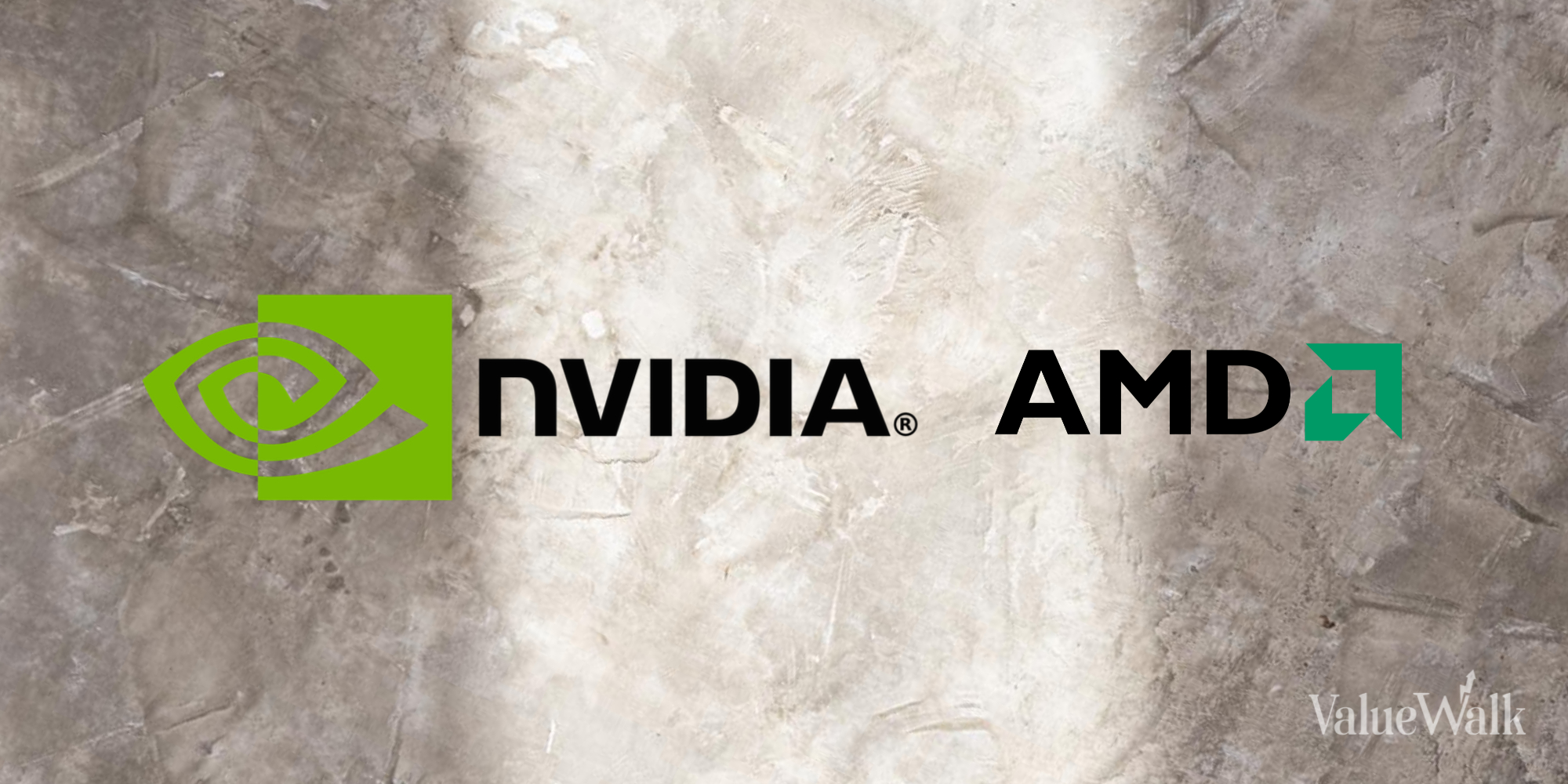Is your optimism getting out of control?

In financial markets, everyone thinks something will happen, but usually something else happens. It’s the opposite principle that makes value-conscious investors reluctant to buy semiconductor stocks right now, especially NVIDIA (NASDAQ:NVDA) and Advanced Micro Devices (NASDAQ:AMD).
Of course, the buyers were right, as NVDA and AMD shares soared last year despite their lofty valuations. In early 2024, Wall Street pundits continued to praise these two tech giants for their work in developing chips that power artificial intelligence (AI) applications.
After a rough start to the year, chipmaker stocks are on the rise across the board, with some familiar names leading the charge, as expected. Of course, running a winner is an old principle that worked well last year, but putting chips into NVIDIA and AMD stocks now may be an overly risky bet.
Companies pursue AI-driven miracles.
Trends come and go, but it’s clear that the buzz around AI continues to have momentum, at least among the corporate elite. In fact, a recent study of chief executives by consulting firm PwC found that today’s CEOs expect AI to deliver miraculous results for their bottom lines.
PwC claimed that 2024 will be the year of ‘business model reinvention’ due to the emergence of generative AI technologies. CEOs seem to agree with this sentiment, as 68% of CEOs expect generative AI to “significantly transform” how their companies “create, deliver and capture value,” according to a PwC survey.
The bar has already been set quite high, with PwC predicting that generative AI will increase America’s gross domestic product (GDP) by about 14.5%. Additionally, 61% of U.S. CEOs expect generative AI to “improve the quality” of their company’s products or services.
Morgan Stanley (NYSE:MS) analyst Keith Weiss seems to believe that not all of the expected AI-driven growth is reflected in the stock.
“The potential rewards from GenAI’s large, transformative impact still outweigh investor expectations implied by solid CY23 stock performance,” Weiss argued. “On balance, we are only just getting started.”
Is Weiss actually suggesting that growth is “just getting started” after AMD shares rose about 127% and NVDA shares rose 239% last year? On the surface, this may be a difficult proposition for value-conscious investors to accept.
Target is upward trend
Consensus optimism typically leads to heaps of praise for popular companies and price target increases for those stocks. NVIDIA and Advanced Micro Devices are no exception, and it’s easy for retail investors to get caught up in the hype.
For example, Barclays (NYSE:BCS) analysts, led by Tom O’Malley, remain firmly bullish on the stock. While they acknowledge NVIDIA’s dominant position in the advanced AI chip market, they expect AMD to strengthen its position. As a result, Barclays analysts increased their price target on AMD stock from $120 to $200.
Meanwhile, KeyBanc Capital Markets analyst John Vinh raised his price targets for AMD stock from $170 to $195 and for NVIDIA stock from $650 to $740. Expectations are high, as Vinh (Barron’s) expects NVIDIA’s B100 AI chip to “launch in the third quarter with 50% better performance and 40% higher price than its predecessor.”
Vinh also has high hopes for AMD’s MI300 AI chip lineup. According to a revised estimate from a KeyBanc analyst, “demand for AMD’s MI300 this year could be as much as $8 billion,” compared to his “previous estimate range of $3 billion to $4 billion.”
Keep your valuations and expectations in mind
Price-to-Earnings (P/E) isn’t everything, but it can serve as a rough indicator of whether a stock has outpaced itself. Therefore, after examining the bullish views of two prominent analysts, it is useful to apply an old-fashioned valuation metric to NVIDIA and AMD.
More specifically, NVIDIA has a trailing 12-month P/E ratio of approximately 72, as measured on a GAAP basis, while its sector average P/E ratio is 27.72. Meanwhile, AMD’s trailing P/E ratio is an astonishing 1,238.
I checked AMD’s P/E ratio again, and that surprising number appears to be accurate. This means that while NVIDIA and AMD’s performance is indeed solid, their stock price gains are much stronger. Considering this, and despite the notable price target increase, taking profits in these high-flying chipmaker stocks isn’t a terrible idea.



